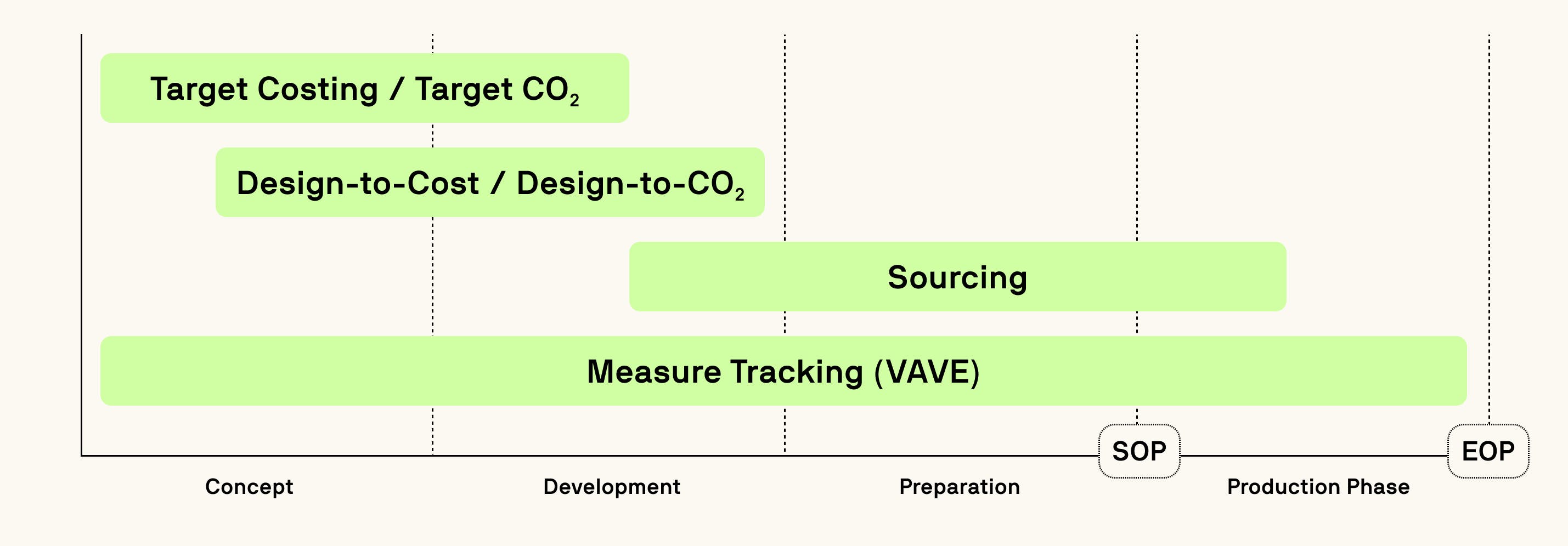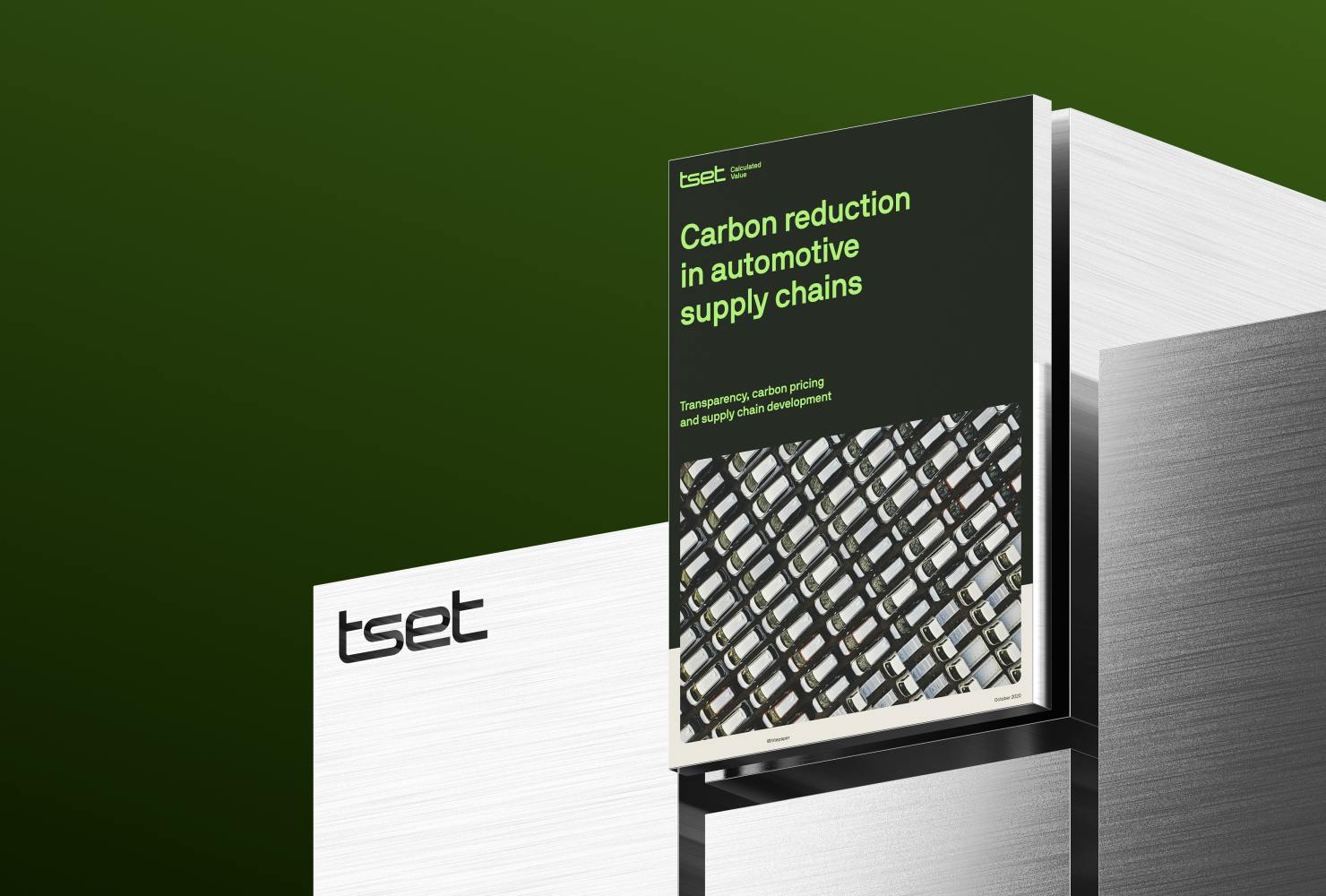1.Governmental compliance
Meeting diverse reporting requirements, such as the GHG Protocol and CBAM, poses significant challenges. Companies must navigate complex regulations while ensuring data quality and methodology verification across their supply chain.
2.Working with data
Gathering accurate, timely data across complex supply chains is a significant hurdle. Manufacturers often struggle with incomplete or inconsistent information, especially for Scope 3 emissions.











